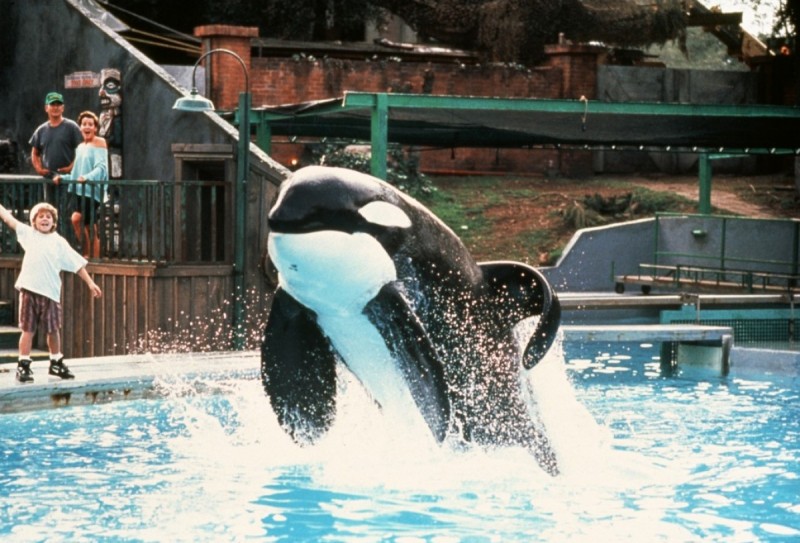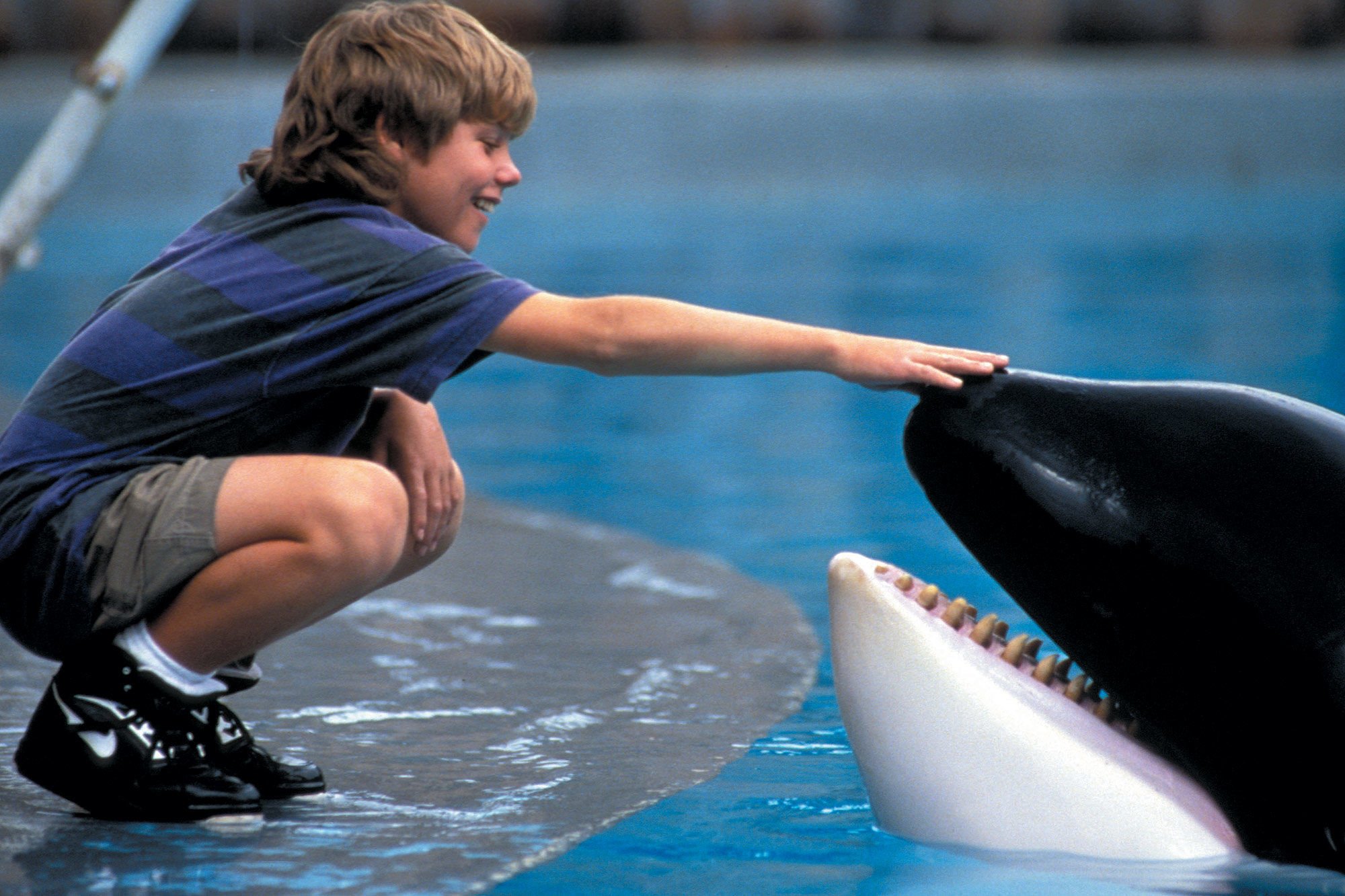

Who needs orcas? And the other part said, I do.įor the first day or so, reason prevailed. Beautiful beaches, shops to explore, fine restaurants to sample. When I returned to San Juan Island last Labor Day weekend, sailing into Friday Harbor on a Washington state ferry, I was of two minds about the whales.

All we humans wanted to do was watch them breathe, the water cascading from their blowholes, their gleaming black backs appearing and disappearing side by side. Nobody but the naturalist on board really spoke. They swam with a singular purpose, heavy as small passenger ferries, sleek and speedy as cigarette boats. They were "traveling," which meant they wanted to get somewhere in a hurry and didn't want to stop to play with us. Towering dorsal fins first, taller than our whole bodies. We cruised for a while without luck, and I began to claim that, really, I wasn't that interested in seeing whales.Īnd then we saw them. On a Western Prince boat we sailed out of Friday Harbor, pausing to note the seals sunning themselves on a rock that matched them precisely in color. I had seen the San Juan orcas once - after the endless walks on beaches and vigils from the whale-watching park yielded nothing - after I forked over the typical $45 fee for a three- to four-hour cruise that still does not guarantee a sighting. And sometimes even the 50 to 100 boats that seek them each day from April to October have no idea where they are.

Their patterns have been painstakingly recorded by researchers, and to a certain extent they are predictable: The orcas will follow the rich runs of chum salmon through the waters of Haro Strait.īut they also go where they will. For modern drama, look to 90 "resident" orcas, traveling in pods called J, K and L, tied unerringly to their matriarchs and faithfully to this island.


 0 kommentar(er)
0 kommentar(er)
